Hertz orders 100,000 electric vehicles from Tesla
The deal likely is worth around $4 billion. Mark Fields, Hertz’ interim CEO, said that Teslas are already arriving at the company’s sites and should be available for rental starting in November.
The deal likely is worth around $4 billion. Mark Fields, Hertz’ interim CEO, said that Teslas are already arriving at the company’s sites and should be available for rental starting in November.
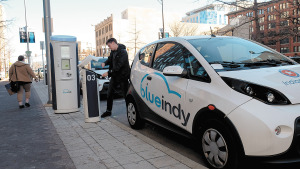
The city will release a request for proposals to developers to repurpose 29 of the 89 former charging-station sites before the end of the year, according to the Department of Metropolitan Development.
The Indiana Economic Development Corp. said it would offer Stellantis up to $19.5 million in conditional tax credits based on the company’s investment and its plan to retrain and retain 660 employees.
The company also teased upcoming new electric vehicles including a Chevrolet small SUV that will cost around $30,000, as well as electric trucks from Chevrolet and GMC, SUVs from Buick, and luxury vehicles from Cadillac.
Gov. Eric Holcomb joined the governors of Illinois, Michigan, Minnesota and Wisconsin to sign a compact that focuses on making it easier for drivers to find charging stations for their electric vehicles along key corridors in the five-state region.
The van, manufactured at the Electric Last Mile Solutions Inc. plant in Mishawaka, is among the first of its kind in the U.S. market: a fully electric, light-duty vehicle meant for delivery workers, contractors and other commercial fleets.
When Ford revealed plans to spend more than $11 billion on the fledgling electric vehicle sector, the automaker chose two states where Republican leaders have criticized the push for green energy and defended fossil fuels.
GM last week recalled Bolt EVs for the third time in nine months because of risk their batteries could catch fire. At stake is what has looked like one of the most promising partnerships in the burgeoning world of electric vehicles.
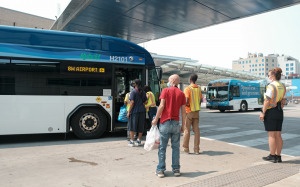
When IndyGo’s goal of an all-electric bus fleet by 2035 hit a major obstacle, the agency detoured, ordering 27 hybrid buses that are powered with both electricity and diesel.
The Senate dust-up Tuesday reflects long-standing disagreements on Capitol Hill over the benefits of financial incentives to spur the transition to electric vehicles, which make up about 2% of U.S. sales.
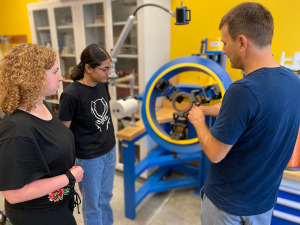
The project focuses on whether wireless charging could be adapted for highway use, allowing electric vehicles to refresh their batteries while they drive along specially equipped stretches of road.
Ford is taking a significant risk by sinking so much capital into an electric version of a pickup that commands a huge and loyal following. In a typical year, Ford sells about 900,000 F-series trucks. It has been America’s top-selling vehicle for nearly four decades.
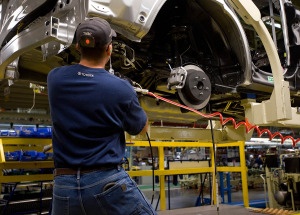
Production of two new electric vehicles—one branded Toyota and the other in the Lexus line—is expected to begin in mid- to late 2023 at the plant in Princeton.
The world’s major automakers have made something abundantly clear: They believe electric vehicles will dominate their industry in the years ahead. But the American public is far from sold on the idea.
The utility wants permission to pass along the cost of those incentives to all of its 500,000 customers in the state in the form of higher rates in coming years, whether or not they drive an electric vehicle.
The Bolt will bring the total number of EVs on sale in the U.S. to at least 23, and Edmunds.com expects that figure to reach 30 this year.
The service started by the parent company of Indianapolis Power & Light offers monthly subscriptions that cover use of a car, plus all insurance and maintenance costs.
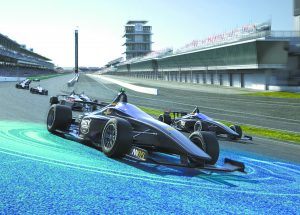
Energy Systems Network prefers to work in the background while pushing forward initiatives like IndyGo’s bus rapid transit program, the Blue Indy electric car-sharing service and autonomous IndyCar-style racing.
General Motors touted an exclusive new battery technology that could propel some of the vehicles as far as 400 miles on a single charge as it tries to capture electric vehicle enthusiasm.

A plan drafted by the city’s Office of Sustainability—and a commission the City-County Council is forming—aim to mitigate the effects of climate change on the Circle City.